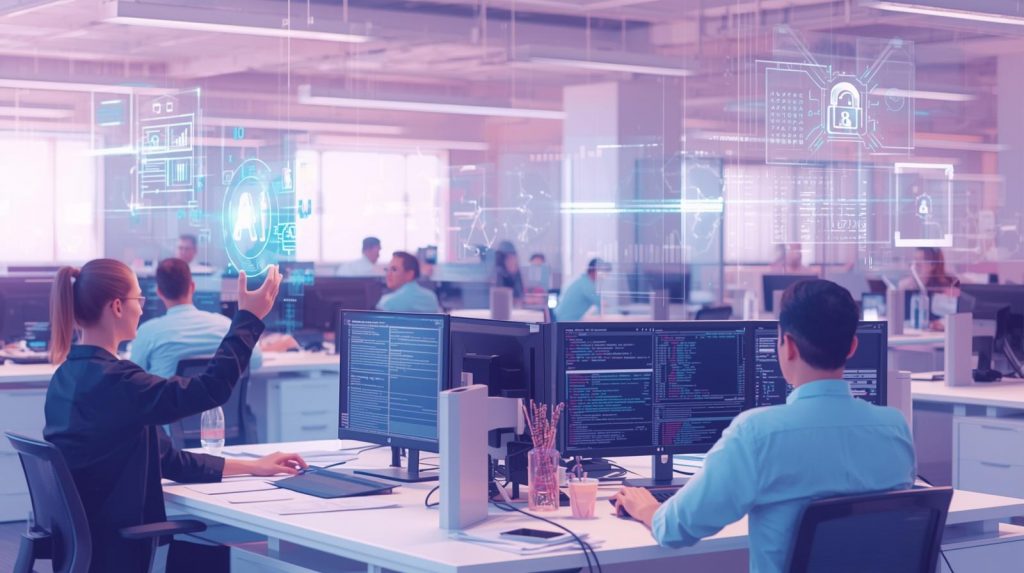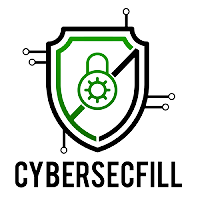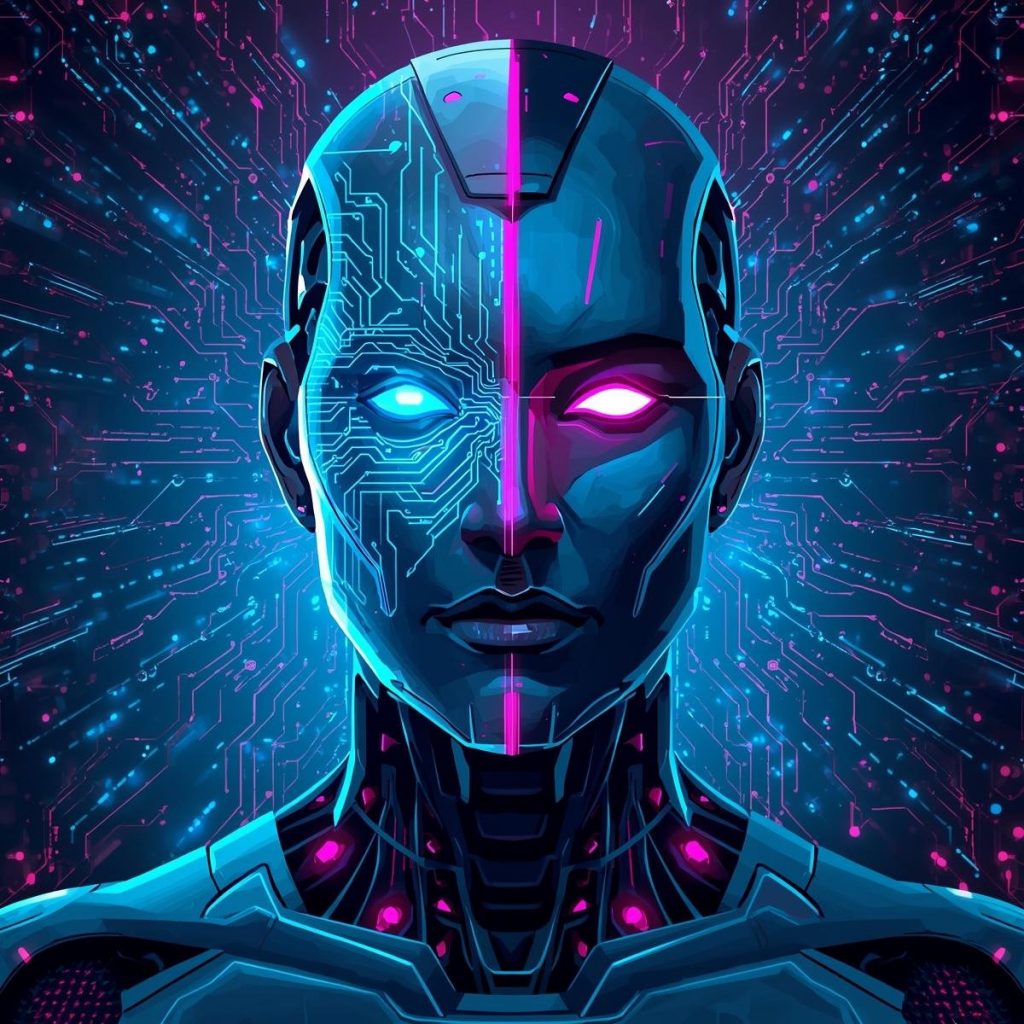It’s hard to think of a modern workplace without artificial intelligence. Whether it’s Copilot helping draft emails, or ChatGPT organizing ideas, the tools are everywhere. They save time, reduce workload, and even shape how companies recruit and train talent.
In cybersecurity, this constant presence is both a blessing and a curse. On one hand, AI has given defenders speed and reach they never had before. Systems powered by machine learning can sift through oceans of data, identify patterns invisible to human analysts, and analyses traffic in real time, making it harder for attacks to slip through unnoticed. Even routine work, like applying patches or scanning logs, is increasingly automated, allowing security professionals to focus their energy on the threats that truly matter.

Photo Credit: Canva
These very tools that make organizations safer are also being weaponized by cybercriminals. AI models are now used to generate highly convincing phishing emails. Deepfake audio can clone an executive’s voice to authorize fraudulent transactions. Automated malwares can be created, tested, and deployed at speed. And while external threats grow more sophisticated, internal risks often come down to simple human error. Employees paste sensitive client information into AI chatbots, assuming the data is private, forgetting that these systems don’t follow company policies or confidentiality agreements. AI doesn’t stop you from oversharing, it simply processes what you give it.
This duality has already fueled a global surge in cyber incidents. Some studies suggest phishing campaigns alone have increased by triple digits since 2022, driven in large part by automation and generative tools. What this shows is that AI is not neutral; it reflects the intent of whoever is wielding it. For defenders, it’s a shield. For attackers, it’s a sharper spear.
Should we be Avoiding AI?
The answer isn’t to avoid, that would be like avoiding electricity because it can cause fires. Instead, the challenge is to use AI deliberately and wisely. That means cultivating awareness so employees understand how to use these tools responsibly. It means updating workplace policies to include clear rules for AI use. Above all, AI can support faster responses and smarter decisions, but it cannot replace accountability, context, or ethical oversight.
AI has changed the cybersecurity landscape forever. But the narrative is still ours to write. Used carelessly, it opens doors we never intended to unlock. In the end, when AI is used thoughtfully, it becomes an ally helping us build not only more productive workplaces, but safer ones too.

